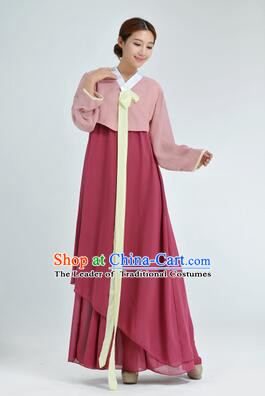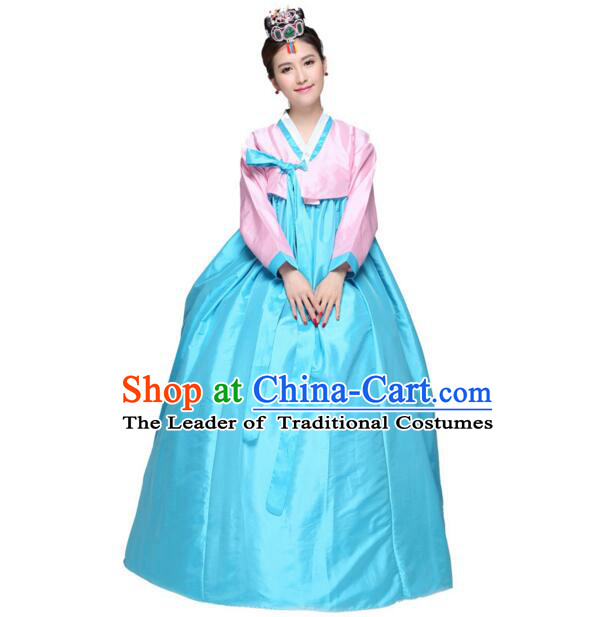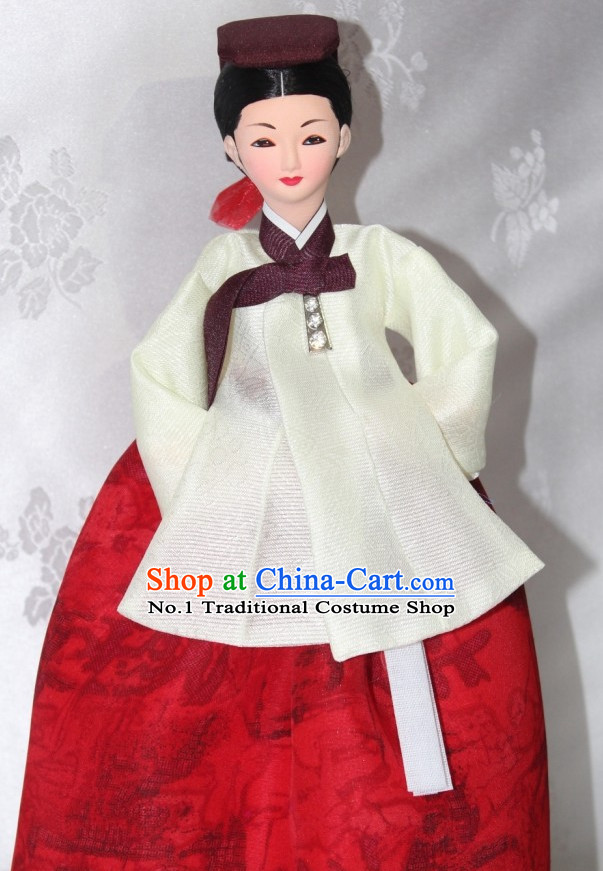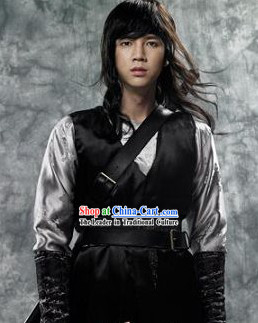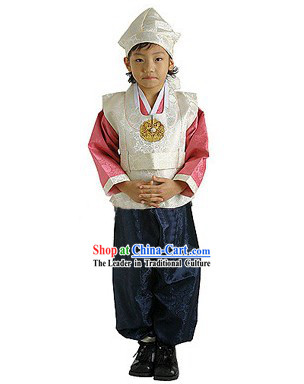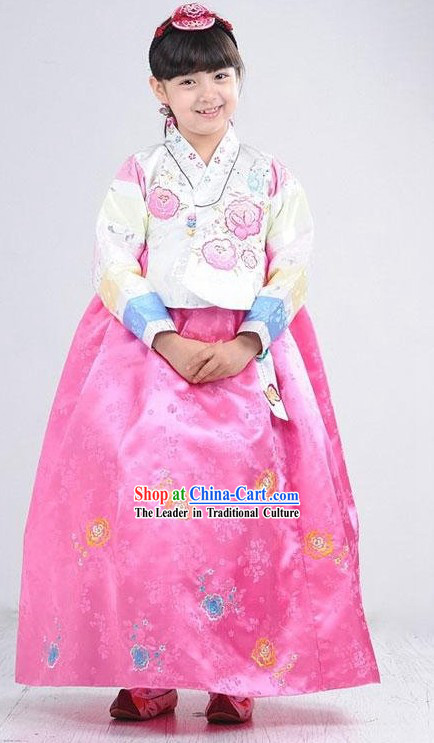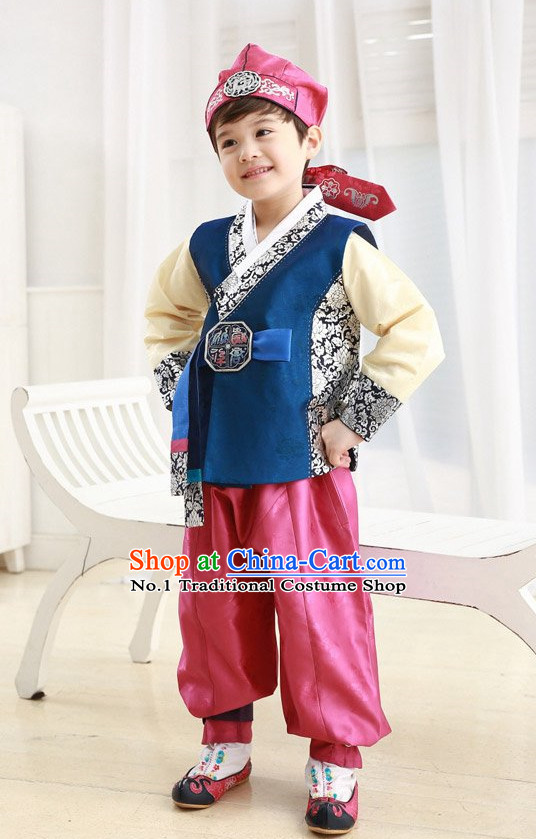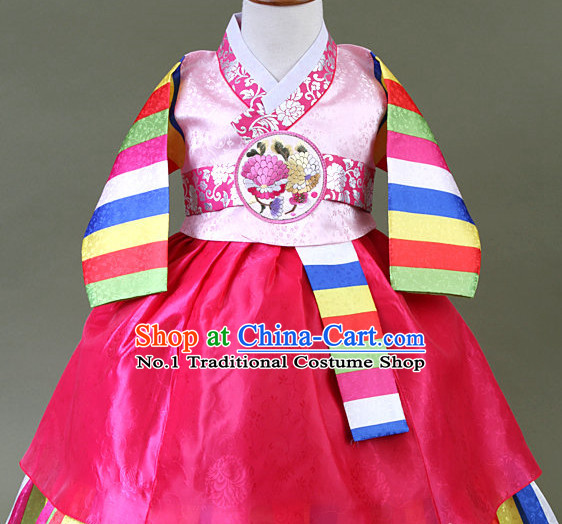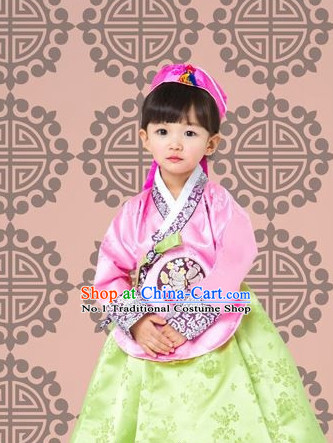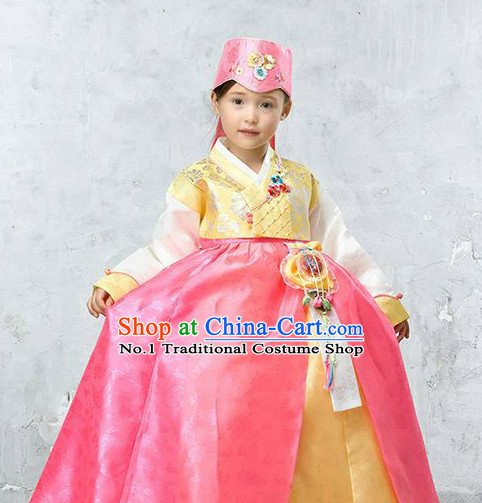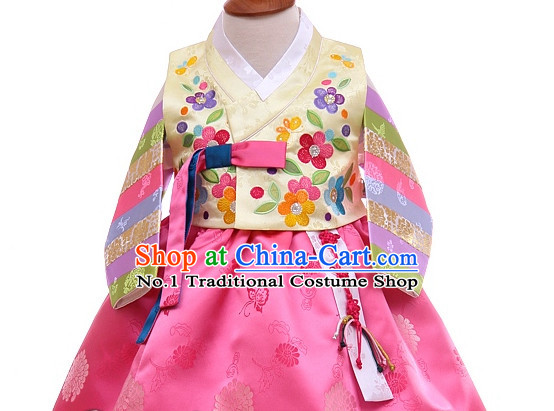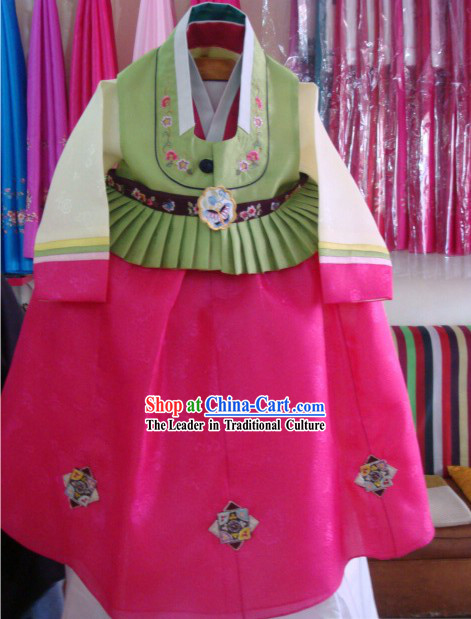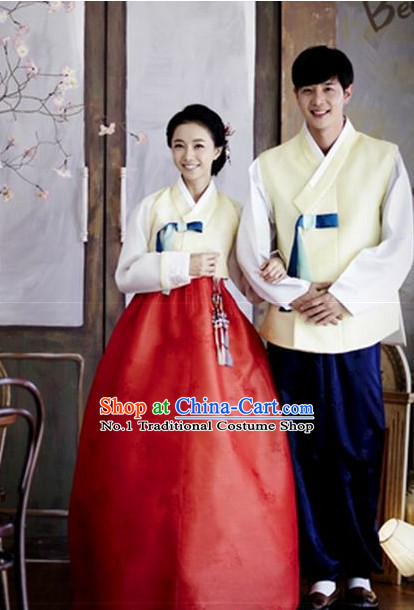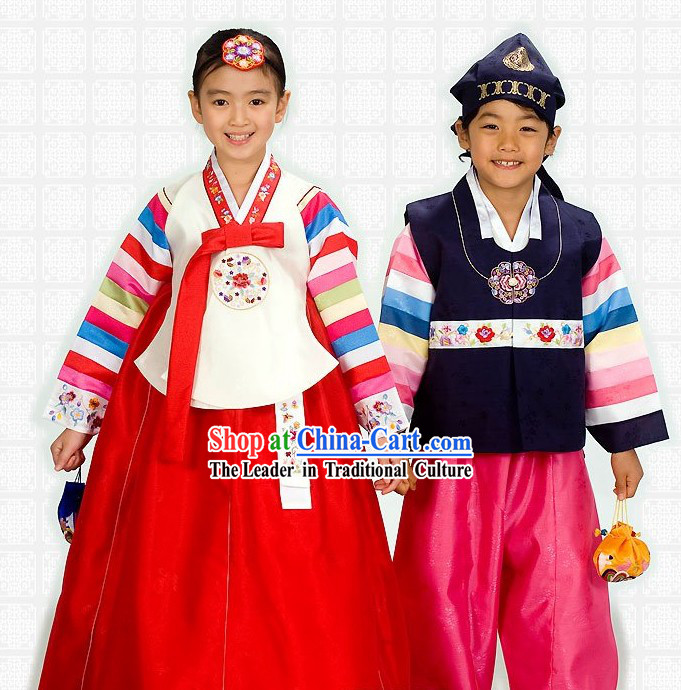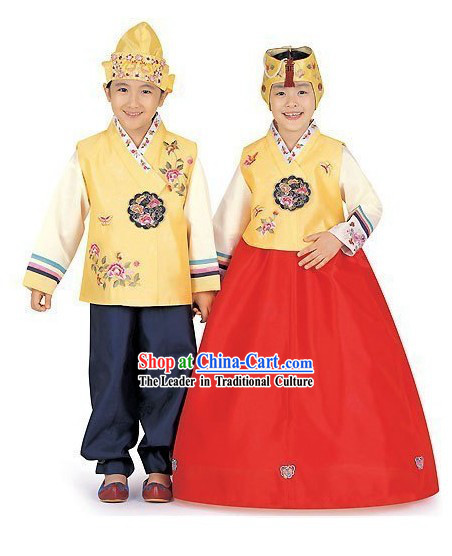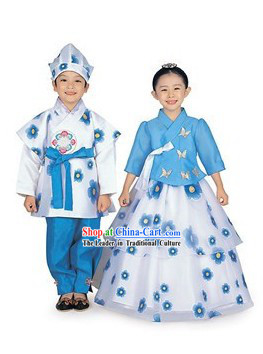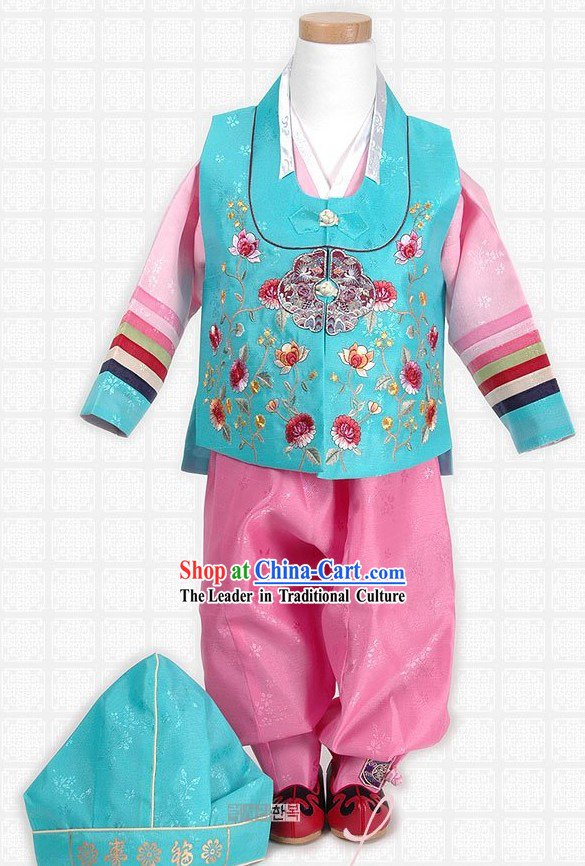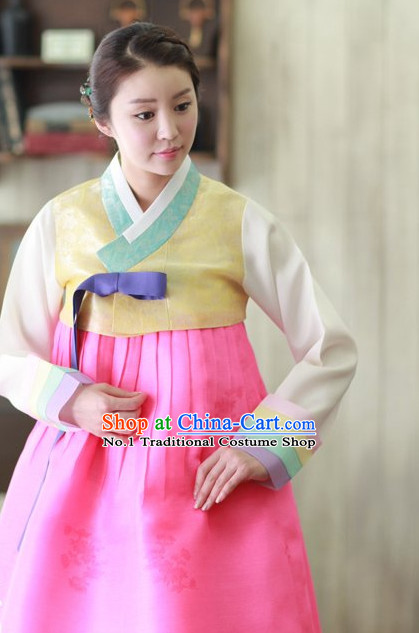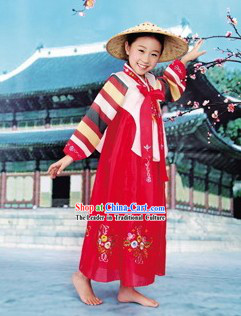
Click Related Pictures for More Audios:
The artwork is a traditional Korean hanbok, which represents a part of Korean culture and history.
Hanbok is the representative of traditional Korean clothing, with rich spiritual and cultural connotations and historical significance.
It typically consists of a gown, pants, and a headband, all of which have specific symbolic meanings.
For example, the patterns on the gown may represent different social classes or professions, while the color and design of the headband reflect an individual's identity and status.
The design and production process of hanbok are also very intricate and complex.
They are usually handmade and require multiple steps to complete.
These steps include selecting suitable fabrics, designing patterns, cutting materials, sewing garments, etc.
The entire process requires patience and skill, making hanbok also considered an art form.
People who wear hanbok often attend special occasions such as weddings, celebrations, or traditional festivals.
During these events, individuals will put on their favorite hanbok to showcase their cultural identity and pride.
In addition, hanbok is also an essential component of Korean tourism, attracting many visitors to experience and appreciate this unique cultural heritage.
In conclusion, this artwork demonstrates the beauty and uniqueness of Korean traditional culture.
It is not just a type of clothing but also a symbol and inheritance of culture.
By appreciating and learning about the history and production process of hanbok, we can better understand Korea's cultural background and values.



